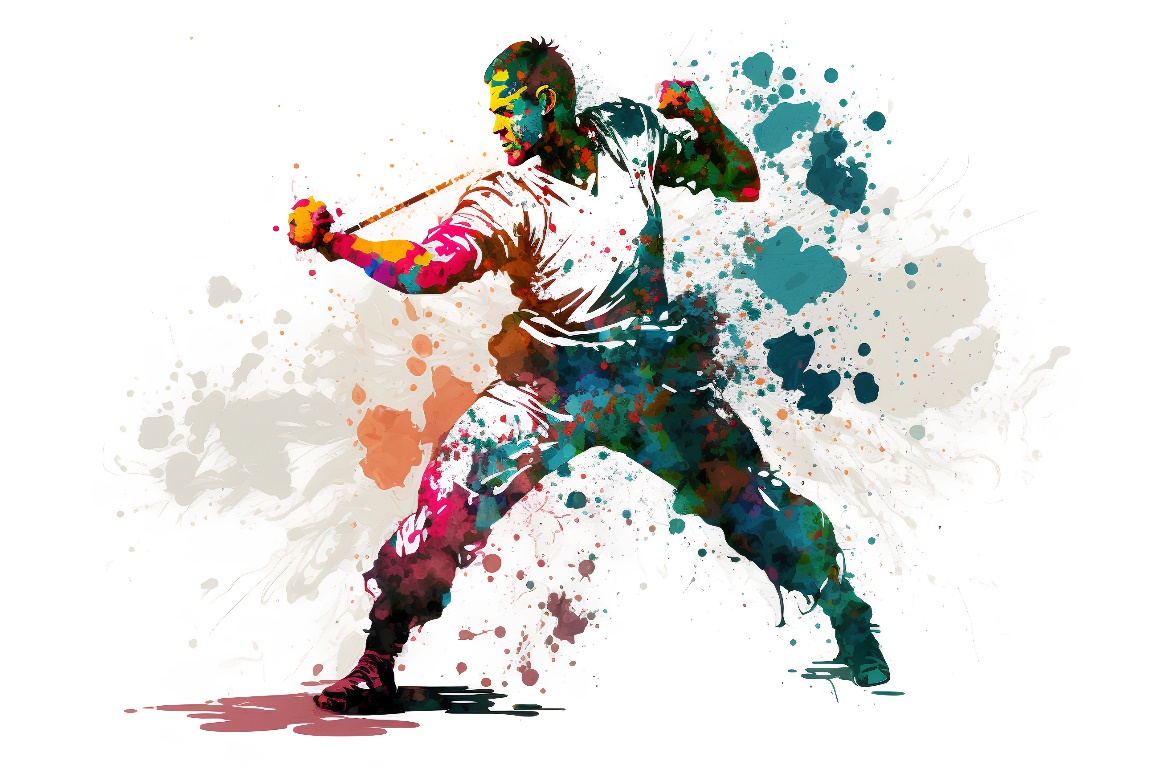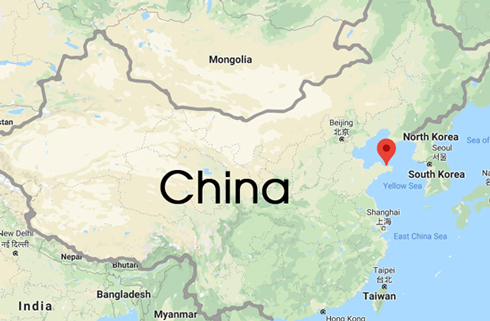
The 10 Styles of Chinese Kung Fu

Despite the Western world's general perception, there isn't just one type of China Kung Fu .Boasting ten differentiations, various weapons, and a myriad of techniques, each martial art form is truly that — art. From the ancient Shaolin Kung Fu to the mesmerizing Tai Chi, interested individuals have many styles to practice.
Shaolin Kung Fu
Shaolin Kung Fu has recently gained popularity and involves rapid, forceful movements. The practice demands energy from its participants, mastery of several techniques, and knowledge of highly spiritual philosophies.
The Shaolin staff plays an integral role in the practice. With many staffs, sticks, spears, and broadswords to choose from, participants use techniques like pressing points, locking joints, iron sand palm, and Shaolin 72 techniques.
Wudang
Wudang Kung Fu is a martial arts collection with roots in the Wudang Mountain range in the middle of China. The encompassed practices are recognized around the globe, but it's worlds apart from Shaolin Kung Fu.
It adheres to Taoism, following a philosophy that people train in Kung Fu to pursue preservation, good health, self-defense, and longevity.
Wing Chun
Wing Chun originates from the south of China. It's an internal fist-style form of martial arts with a 200-year history less well-known than other types of Kung Fu.
It focuses on attacking and defending simultaneously, displaying fast punches, continuous guards, and flexible horse stances for quick yet sustained energy. Both fist and weapon forms exist, allowing masters to fight closely or slightly further away when utilizing staffs.
Bagua Palm
Bagua Palm combines breath concentration with external movements, focusing mainly on Neiji fists and feet actions. The practice is renowned for being soft while agile, making it easy for people to move forward to hit their opponent's lower body.
The facing upward palm, fingers downward palm, and the chopping palm frequently occur in this form of Kung Fu.
Tai Chi
Known today as a health-strengthening practice, Tai Chi uses soft strength when restraining opponents' power. Historically, the long pole, saber, sword, and spear are used in practice, but it's most often seen without weapons now.
Baji Fist
Popular in Northern China, Baji fist boasts unique characteristics as a martial art — aggressive, explosive force, violent ups and downs, powerful extensions, and simple movements.
Accompanied by "heng ha" sounds, its movements can be described as lightning quick, twisting, colliding, and tense bows, imitating various animals like dragons, snakes, monkeys, and cranes.
Chi Kung
Chi Kung encourages self-control with its meditative characteristics that blend Taoism and Buddhism. It involves coordinated breathing and eight different postures.

Mantis Boxing
Mantis Boxing requires no weapons, utilizing body movements only, including hooking, defending, pulling, jumping, and locking. It has become the fastest and most agile form of Chinese Kung Fu globally.
Xingyi
Using subtle movements, Xingyi was the martial art form once taught to wounded soldiers. Sometimes involving weaponry (staffs), the movements imitate 12 animals, like eagles, swallows, cats, cranes, and snakes.
Sanda
Sanda is a form of Chinese kickboxing wherein fighters engage each other without supportive equipment or weapons. Setting its own style, it blends conventional martial arts fist forms with wrestling, kicking, hitting, and controlling the opponent's movements.
Here is the specific address to the academy in English
China Kunyu Mountain Shaolin Martial Arts Academy
Kunyu mountain Natural Conservation District, Yantai City, Shandong Province, China. Postal Code: 264100
School address in Chinese
昆嵛山武术学校
中国山东省烟台市昆嵛山自然保护区,邮编:264100
For more information,feel free to email or call us.
Tel:0086-535-4693197
Fax: 0086-535-4693197
Email: academy@chinashaolins.com
Mobile:0086 13696381880
WhatsApp: +81 8058661666

Learn traditional Shaolin martial arts and Chinese culture in Sacred Kunyu mountain,birthplace of Taoism.
All rights reserved 2003-2026